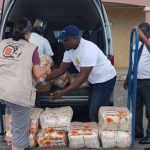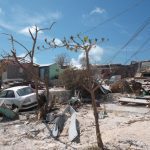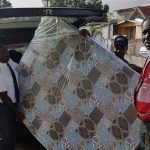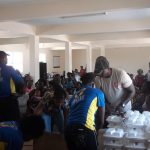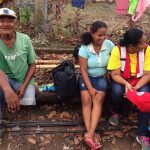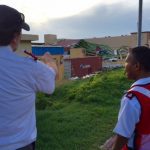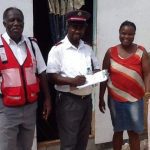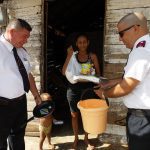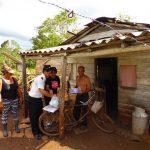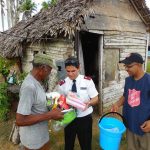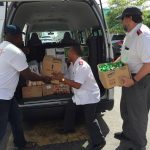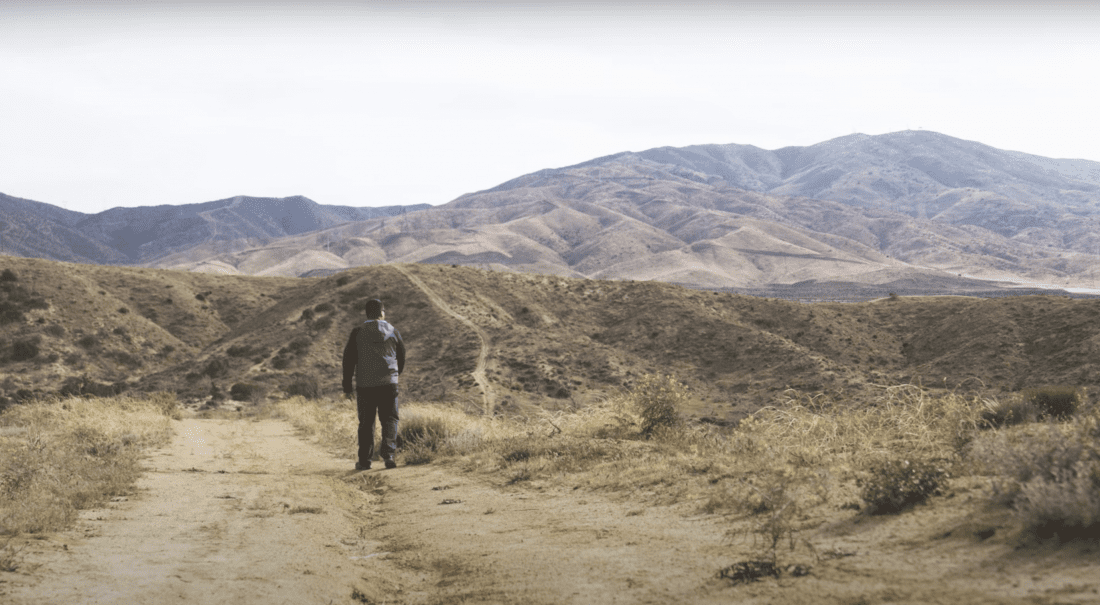Salvation Army emergency responders have been stretched beyond what they believed to be their capacity during a particularly destructive hurricane season in the Caribbean, Central America and the southern USA.
Tropical Storm Harvey formed Aug. 17, east of Barbados, strengthened to a category 4 hurricane and made landfall in Texas Aug. 25, causing huge damage, particularly in and around Houston.
On Aug. 30, Tropical Storm Irma formed west of Cabo Verde Islands, increased to a category 5 hurricane and hit Antigua, Barbuda, St. Martin, Sint Maarten, Anguilla, St. Kitts and Nevis, U.S. Virgin Islands, and British Virgin Islands on Sept. 6. Over the following days the hurricane moved over to the Dominican Republic, Turks and Caicos, Cuba and southern USA, where Florida bore the brunt of what was one of the strongest hurricanes in recorded history. It left behind major damage and devastation, killing at least 44 people in the Caribbean and 61 in the USA. On the island of Barbuda, 92 percent of buildings were damaged or destroyed, although most of the population (1,668 people) had been evacuated to Antigua. The Dutch territory of Sint Maarten also suffered damage to 92 percent of buildings and on Cuba, where two million people were evacuated, more than 100,000 houses sustained severe damage.
Before Irma had fully died away, Tropical Storm Jose formed on Sept. 5, becoming a category 4 hurricane. Fortunately it weakened again to a tropical storm without causing too much havoc.
A day later Tropical Storm Katia formed in the southwestern Gulf of Mexico and strengthened into a hurricane the same day, making landfall in Mexico on Sept. 8.
Tropical Storm Maria formed on Sept. 16, and rapidly intensified to a category 5 hurricane, hitting Dominica on the 18th, Puerto Rico on the 20th and Turks and Caicos on the 22nd. The death toll from Maria is at least 48 people in Puerto Rico and at least 15 in Dominica. Ninety percent of the buildings in Dominica sustained damage and schoolchildren were evacuated to Antigua and Bahamas to attend schools there.
On Oct. 5, Tropical Storm Nate formed near the coast of Nicaragua. At least 28 people were killed after Nate passed over Costa Rica, Nicaragua and Honduras.
The response to this widespread devastation has involved Salvation Army relief teams and local Salvationists and friends from across the region.
- The Caribbean Territory responded to the recent hurricanes in Bahamas, Turks and Caicos, Antigua and Barbuda, Sint Maarten, St, Kitts and Nevis and Dominica.
- The Latin America North Territory is providing relief in Cuba and Costa Rica.
- The Mexico Territory responded to Hurricane Katia.
- The USA Southern and Eastern Territories are still operating in Texas, Puerto Rico, the U.S. Virgin Islands and Florida (go to https://salvationarmysouth.org/news/ and https://saconnects.org for up-to-date information).
In many of the affected places, The Salvation Army has been providing hot meals through mobile canteens or cooked in Salvation Army kitchens and transported to evacuation centers.
Two months after Hurricane Irma laid waste to their island, 95 per cent of Barbudans remain in Antigua, with no expectation of an imminent return. The Salvation Army is providing hot meals to one evacuation center housing 50 people, and weekly food parcels to another 150 families who are staying with host families. On Dominica, the Army provides 150 people with a daily hot meal and distributes food parcels to 140 families.
After Hurricane Irma hit Sint Maarten, The Salvation Army hosted 35 people at the corps for three days and another 45 when the warning came that Hurricane Maria was imminent. Currently it supplies food parcels to 575 people in three communities. For the first couple of weeks after Irma hit, The Salvation Army provided 15,000 meals in Turks and Caicos and 200 meals per day in the Bahamas. Fifty people currently receive food support on St. Kitts and Nevis and about 700 on Cuba.
In Mexico, the Army provided 200 meals daily for four days after hurricane Katia hit. In addition, 120 families received a food parcel. Meanwhile, the Mexico Territory was responding to earthquakes in Mexico City and off the southern coast.
In addition to food, The Salvation Army gives out non-food items such as mattresses, tarpaulins, hygiene kits, cleaning kits, flashlights and blankets. So far, 250 families have been supported with such items in Sint Maarten, 130 in Dominica, 20 on St. Kitts and Nevis and many more in Turks and Caicos, Cuba, Costa Rica and other places, often in partnership with organizations such as Samaritans Purse, Hope for Haiti and others.
The relief phase is almost over in most of the places hit by these recent hurricanes, and the focus is shifting toward recovery support. Thousands of houses and significant infrastructure are damaged and destroyed. Rubble needs to be removed. Schools—and therefore children’s education—are affected. Countless people have lost their livelihoods and means of earning an income.
The Salvation Army will continue to provide support and assist affected communities in restarting their lives and getting back to a sense of normality.
From a report by IHQ Emergency Services
Donations can be made online at https://sar.my/amappeal








